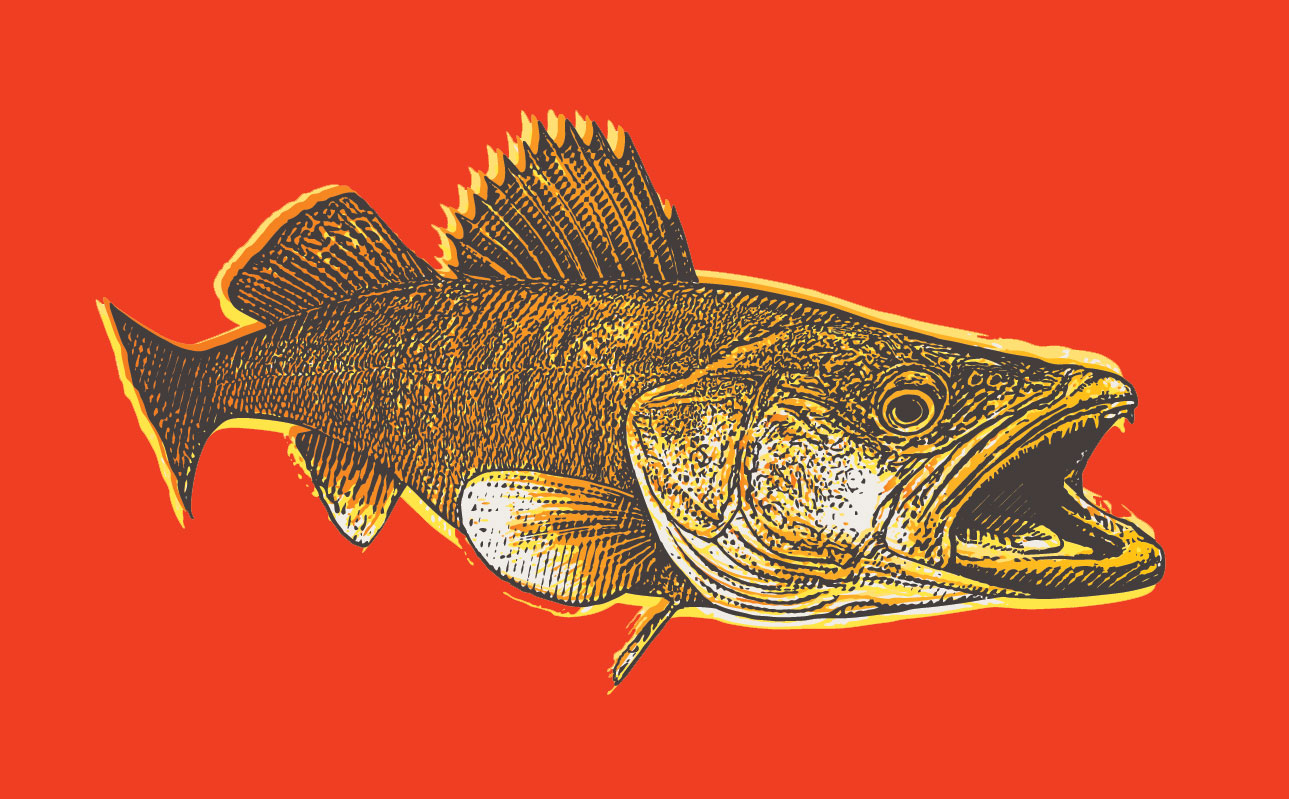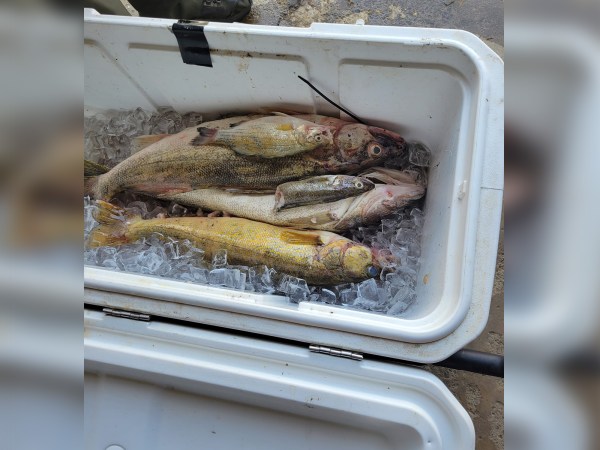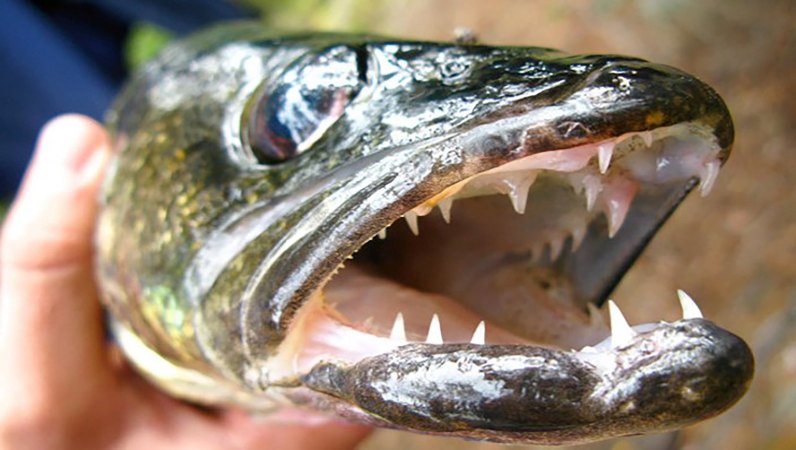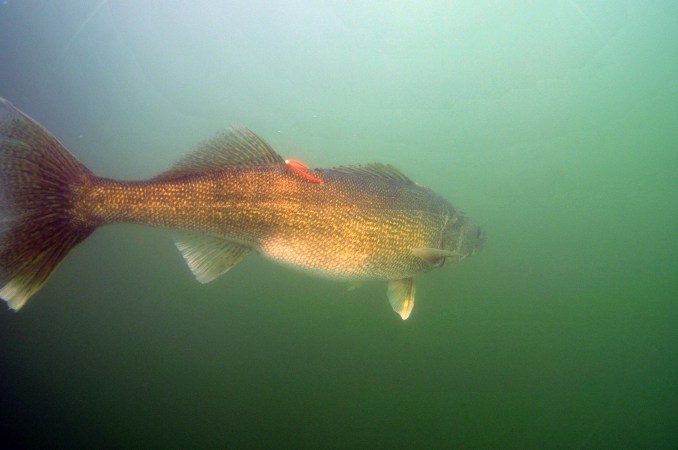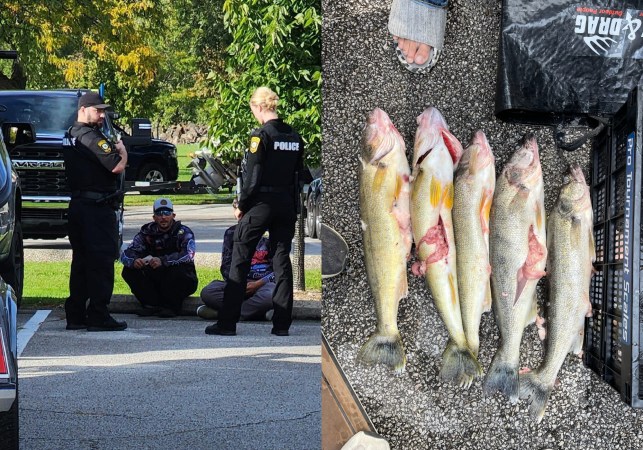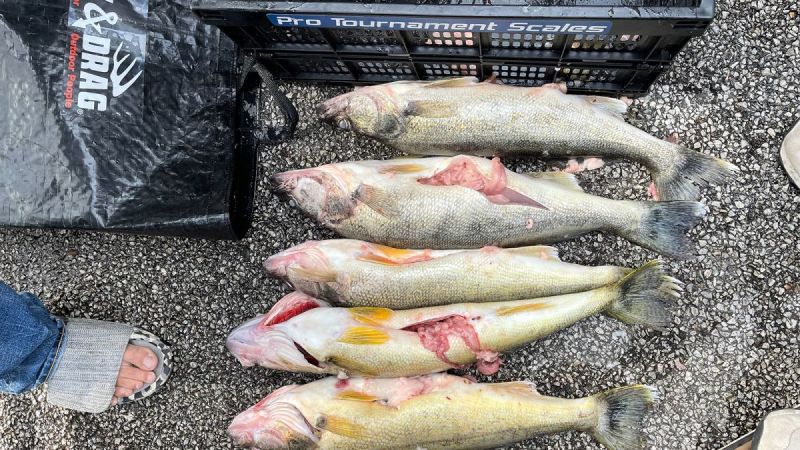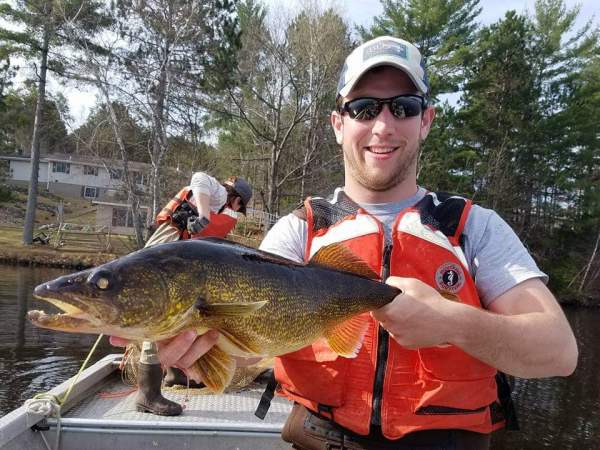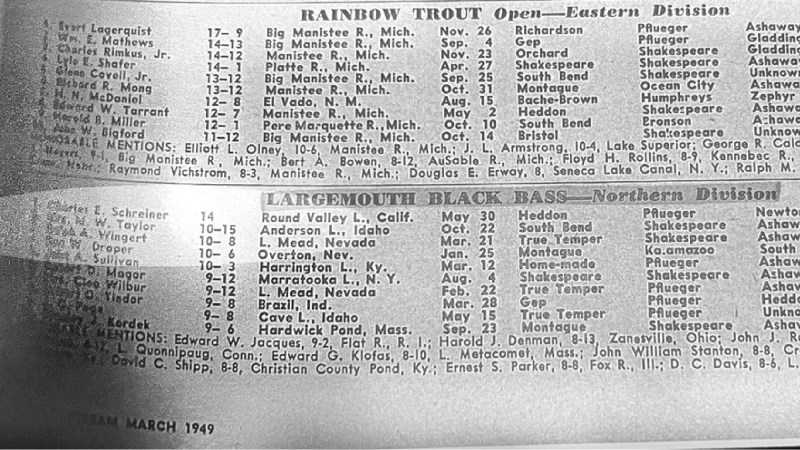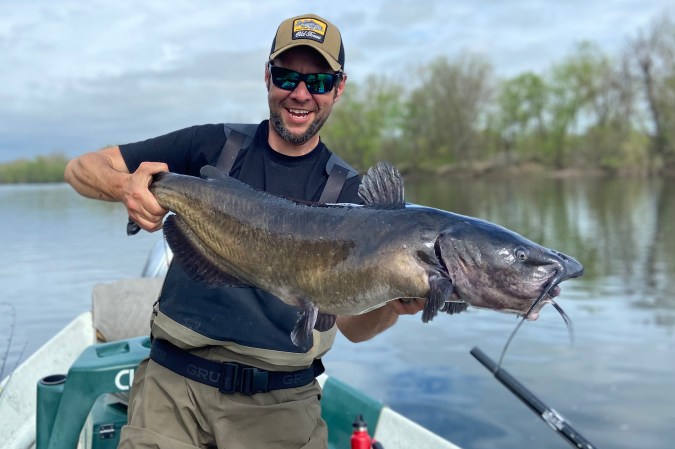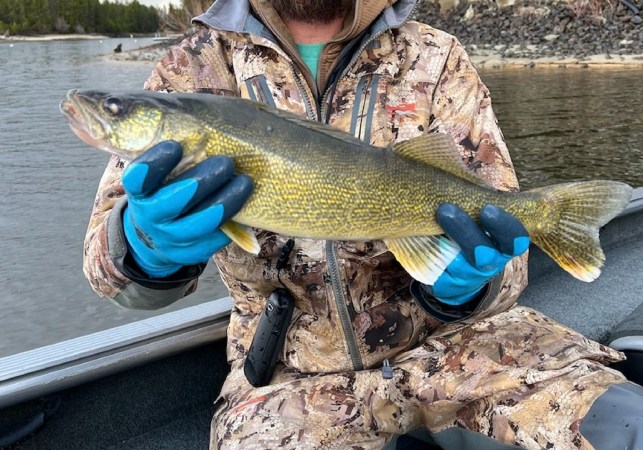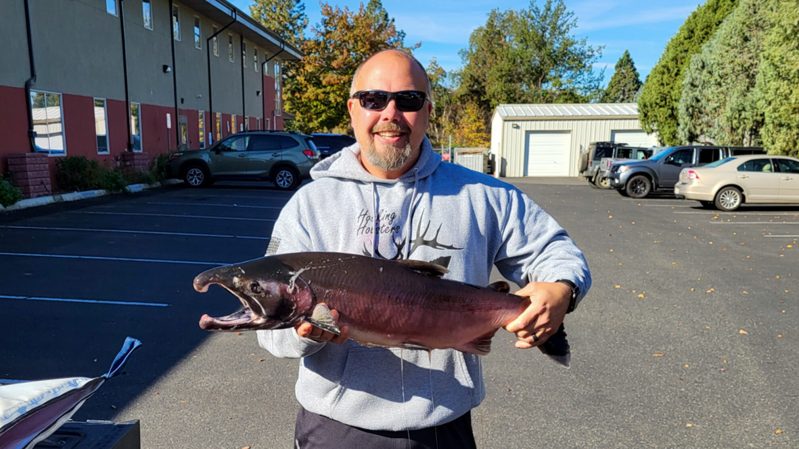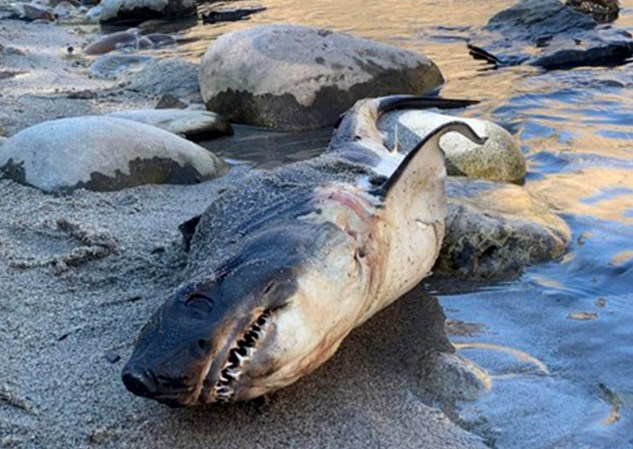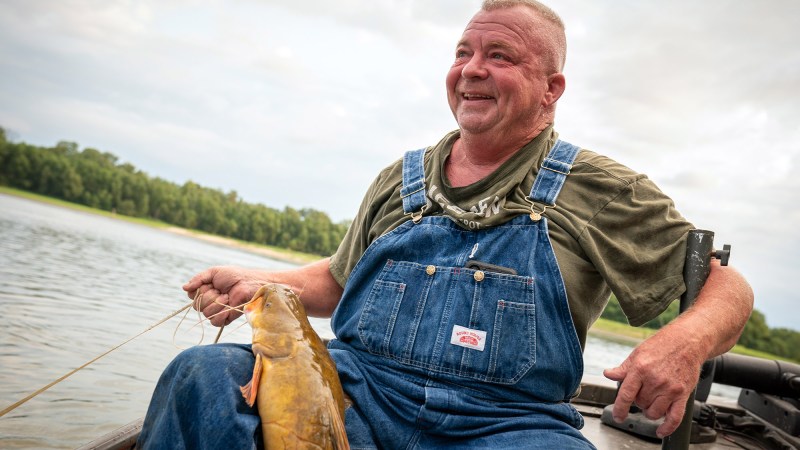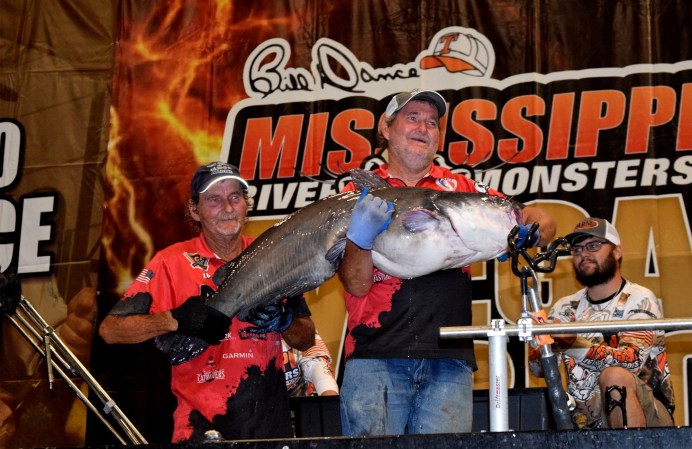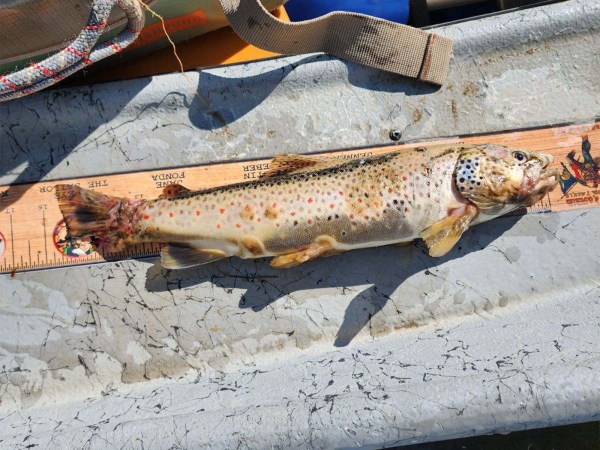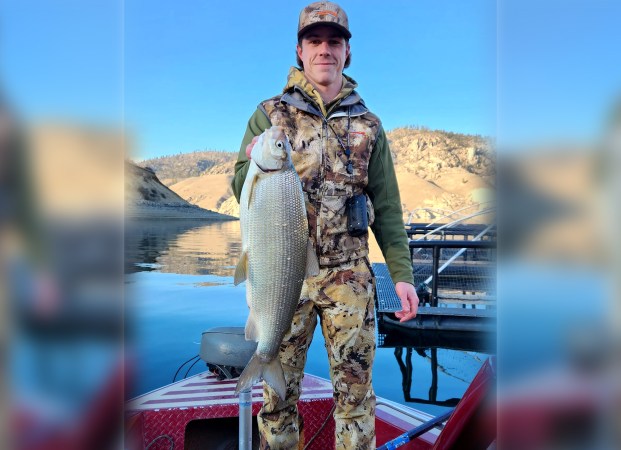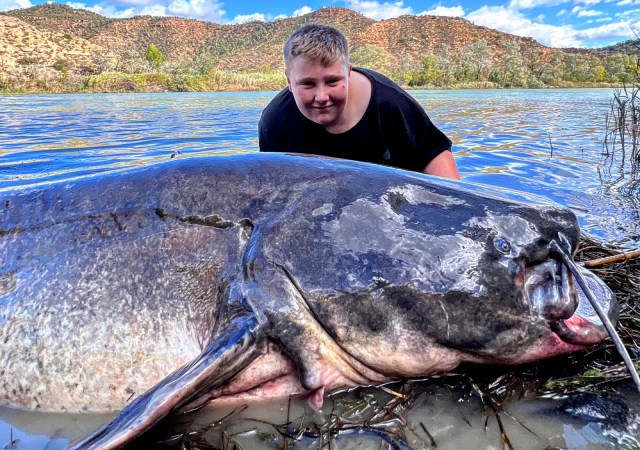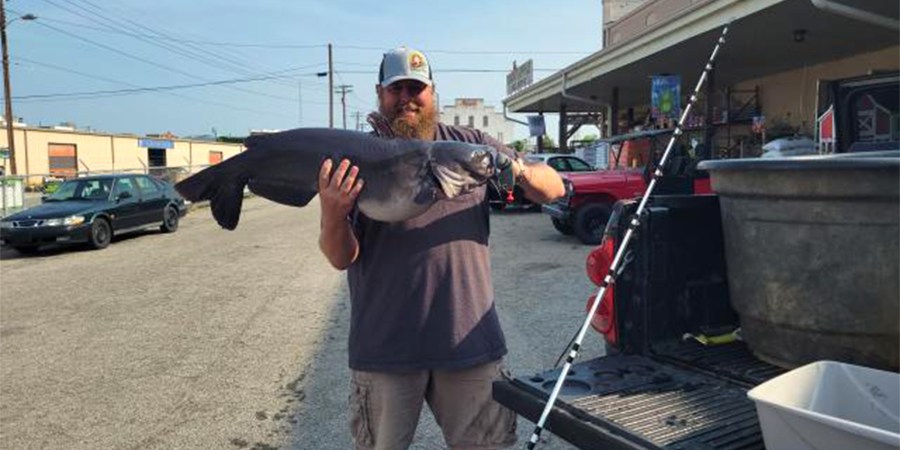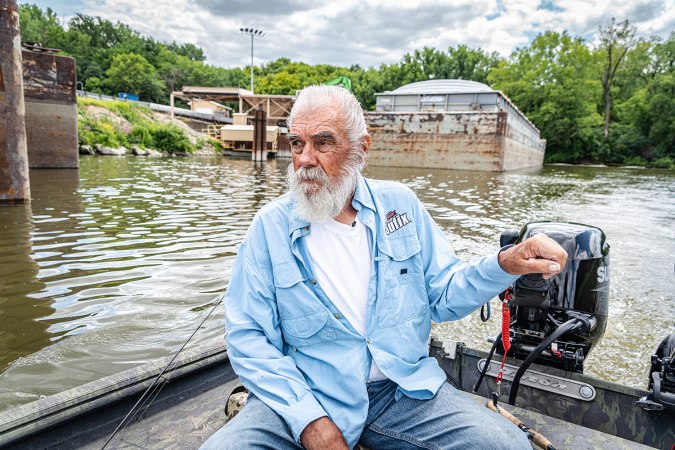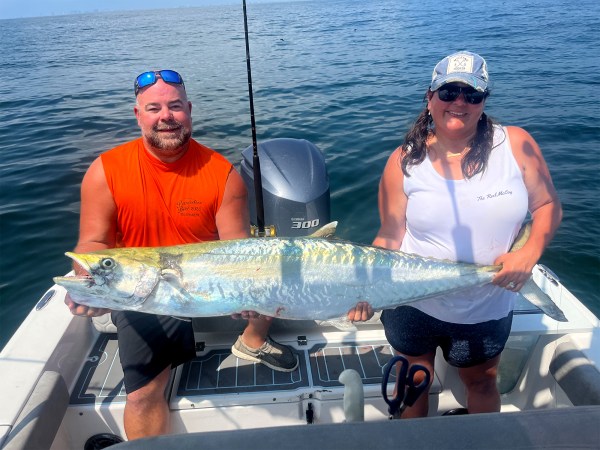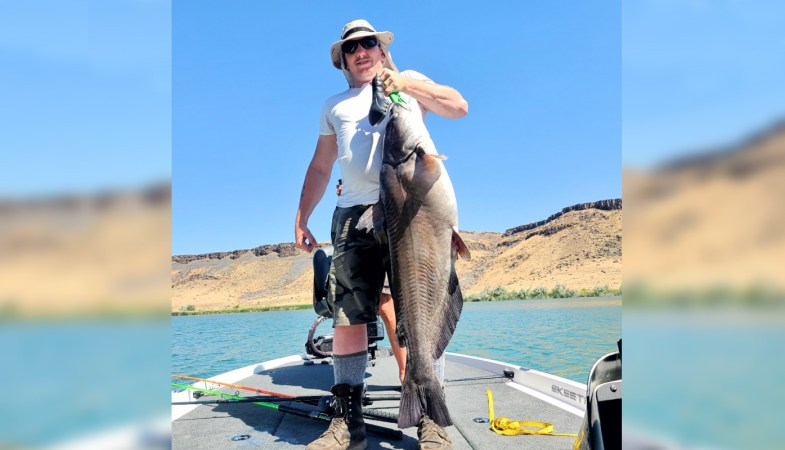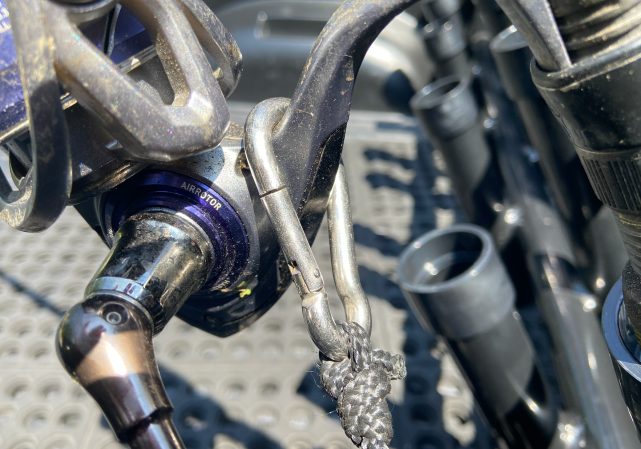Invasive species are a hot-button topic in fishing. Even though invasive fish have recreational and economic silver linings, many people can’t shake the idea that the invaders are ruining beloved fisheries. Nowhere is this more evident than with snakeheads, which have proven to not be as detrimental to the ecosystem as once feared and have fostered an ever-growing recreational enthusiasm that equates to lure sales, license sales, new anglers getting into the sport, and a damn fine meal on the table. But when a fish that we collectively know, love, and accept is invasive, the ire falls drastically short.
When Game Fish Are the Invaders
Just recently, the Pennsylvania Fish & Boat Commission released a statement about blue catfish in the Delaware River, which I call home water. Their ask? Kill them on site if you catch them. These blue cats have worked their way into the system via the Chesapeake and Delaware Canals, and they’re cause for alarm because blue cats are ravenous bullies. In many rivers in Maryland and Virginia, they’ve decimated blue claw crab populations and pushed out native channel catfish. These facts, however, seem to resonate very little in angling communities.
Why? I believe it’s because blue catfish are big-time recreational targets throughout the country and most people assume a lowly bottom feeder won’t affect the other fish in the system. And because blue cats were purposely introduced in Virginia decades ago to boost recreational fishing opportunities, nobody wants to talk about how that was ultimately a boo-boo.
Meanwhile, state officials in Idaho are openly discussing how their walleye stocking program has gotten them in a bind. But it seems many anglers don’t want to hear it.
’Eye Sore
According to the Bonners Ferry Herald, Idaho’s walleye are having some boundary issues. The Idaho Department of Fish & Game stocked them in three reservoirs, but now they keep showing up where they’re not supposed to be, including in the lower Snake River. The agency believes the cause is twofold: The fish are naturally migrating upstream from the Columbia River, and anglers are releasing walleyes where they shouldn’t be. The Herald story likens efforts to contain these fish to a “romcom movie,” though this one might not have a cute ending. Here’s why, per the article:
“Walleye are native to large Midwestern lakes that tend to have large and prolific forage bases of minnows, shiners, chubs and other small baitfish. Those baitfish are not available in most Idaho waters, so walleye are likely to eat other game fish that are highly valued by Idaho anglers. Eventually, those other fish species could be gone, or greatly diminished, and the end result could be a bunch of unhealthy, unsustainable walleye populations.”
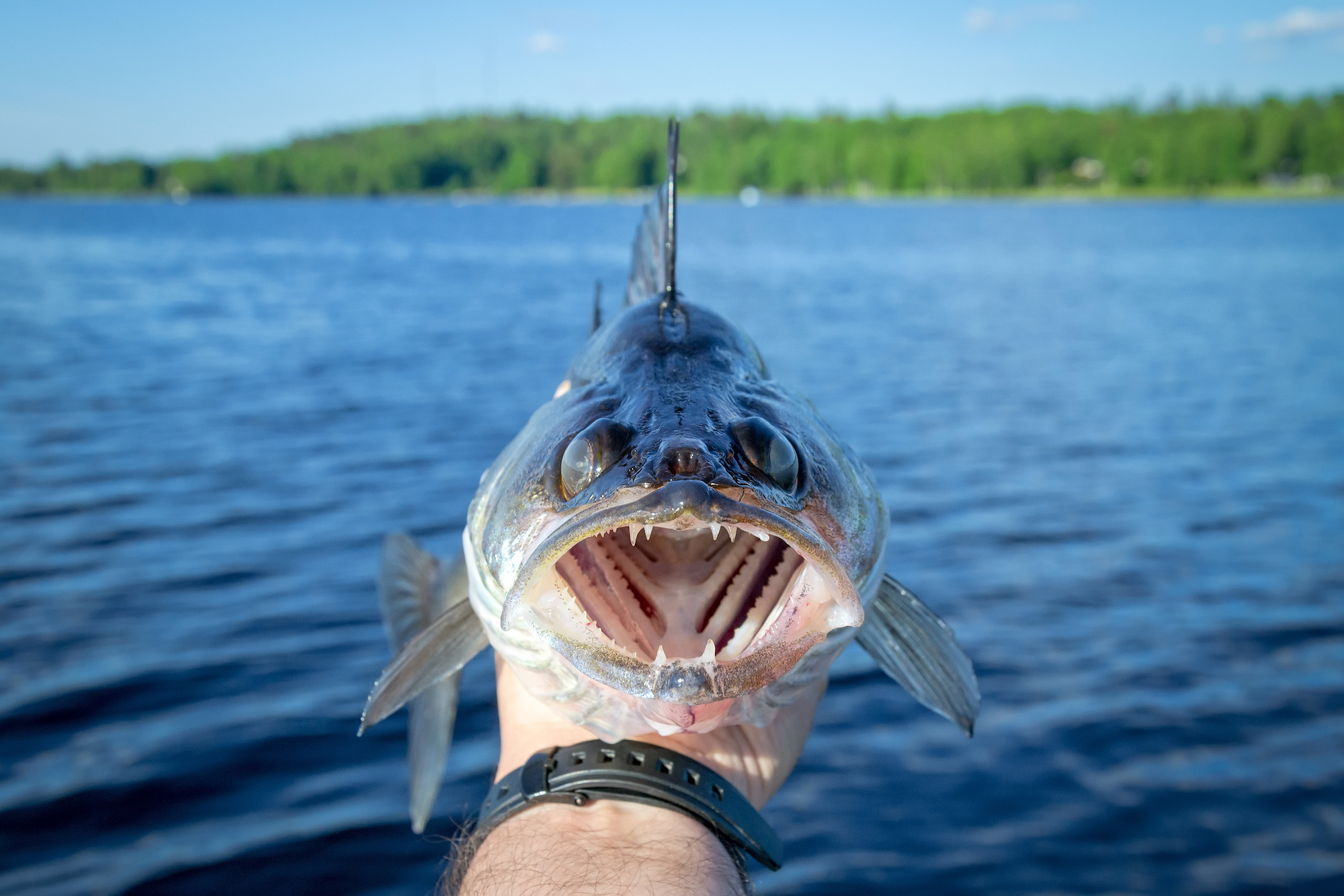
This could easily be a case of history repeating itself if you look at Canyon Ferry Reservoir in Montana. Walleye wound up there in the 1990s, and by the early 2000s, the thriving perch and trout populations had taken complete nosedives. While Canyon Ferry is still a popular destination for walleye anglers, the lack of a proper forage base makes it hard for the fish to reach trophy status, creating a fishery that’s overrun with small- to medium-sized walleyes.
Gaming the System
The article claims that surveys conducted by IDFG prove that most anglers in the state would rather have strong trout, bass, panfish, and salmon populations, but that hasn’t stopped a contingent of walleye zealots from accusing the department of being “biased” against these fish. They can’t look beyond their reputation as a fine-eating target to consider the amount of time and resources the state devotes to keeping them in check. Nor do they think about the negative effects they may have on native salmon and steelhead. Neither species are as healthy as they were was historically, so having to compete with walleyes in the lower Snake River is another blow dealt.
Most critically, the article points out how anglers tend to want as many resources as possible put into the fish they like best. In Idaho’s case, walleye fans want state officials to figure out how to keep them in check so they can continue tossing them in the cooler. The agency’s real task, however, is managing all the species within a given body of water. Ultimately, their decisions around walleye stocking are based on whether they feel harmony can be achieved. The desire of some anglers to be able to target walleye in more places than the designated reservoirs is making that harmony less and less attainable.
Read Next: Best Walleye Lures
At the end of the day, though, will Idaho walleyes and Delaware River blue cats get airtime on national news channels like snakeheads and Asian carp? It’s highly unlikely, because both species are so common and prized by the angling community at large that they’ll never be truly vilified.

